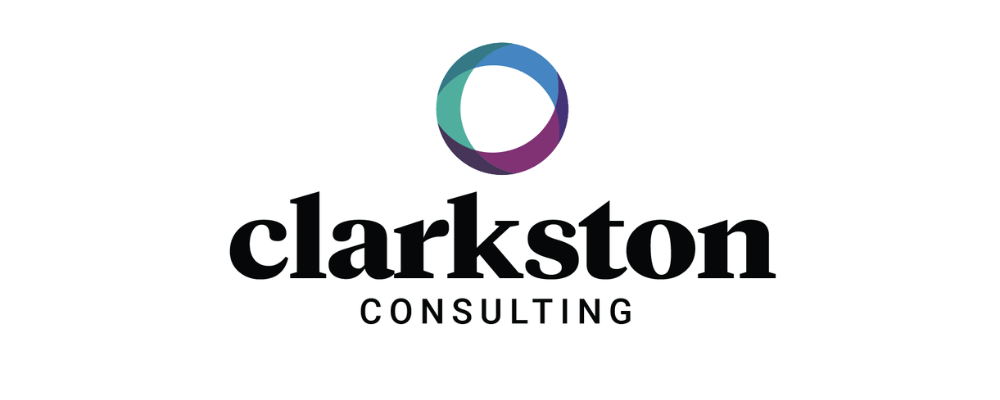Against the backdrop of both global challenges and innovative opportunities – ranging from ongoing geopolitical instability and economic uncertainties to the accelerating pace of technological innovation and R&D – life sciences companies are continuing to navigate a complex and rapidly evolving landscape. In this trends report, we outline the key trends driving this growth and acceleration in the life sciences industry, focusing on how companies are responding, adapting, and innovating, all while maintaining lean operations.
2024 Life Sciences Industry Trends
Trend #1: An Industry Shift Toward Automation
In recent years, we’ve seen a conspicuous shift toward the integration of automation technologies within the rapidly evolving life sciences industry. Machine Learning (ML), Artificial Intelligence (AI), and data analytics are revolutionizing processes on the shop floor, offering unprecedented opportunities for optimization and efficiency within pharma. In fact, it’s expected that the life sciences market size for AI investments is predicted to reach nearly $9 billion before 2032. These advancements streamline process monitoring by correlating vast datasets with critical quality attributes, thus minimizing the need for extensive quality control (QC) tests on bulk drug substances and further accelerating drug discovery.
By reducing human error and enhancing data integrity, automation not only ensures consistent product quality but also mitigates the risk of delays and waste, leading to substantial financial benefits for pre-clinical or commercializing companies where every dollar (and minute) counts. Take, for example, liquid handling – a process that involves the transfer of liquid from one place to another and is a critical step in the biological process. Normally, the method for this process is extremely manual, which can lead to an increased risk of process errors. Automatic liquid handling machines integrate automated injection modules – usually, a motorized pipette or syringe attached to a robotic arm – to dispense the designated volume of liquid. This automated process is a suitable alternative to reducing the human error that can come with manual liquid handling.
The emergence and continued integration of these intelligent solutions and systems is a larger reflection of Industry 4.0 principles, where the industry is embracing new tools and technologies that enable smarter, more digitized operations from end to end. However, with the promise of greater efficiencies, enhanced productivity, and faster drug production through the use of AI and ML also comes the need for specialized talent in data analytics, data science, and data engineering to help ensure and maintain data integrity – particularly with the incredibly vast amounts of data that can be processed and analyzed with these technologies. Essentially, the promise of this automated technology can’t reach its full potential without the human element. Targeted training, in addition to upskilling and reskilling, will become crucial across pharmaceutical operations as the presence of AI and ML shifts the working landscape.
Download the Full 2024 Life Sciences Trends Report Here
Trend #2: Increased M&A Activity
The life sciences industry has been experiencing a surge in merger and acquisition (M&A) activity over the past year – and that trajectory is expected to continue to climb. These strategic decisions are about more than just acquiring products; companies are also interested in acquiring the manufacturing capabilities associated with the product as a pivotal component of their growth strategy. Novo Nordisk’s acquisition of Alkermes is an example of this trend, as it sought to expand production of GLP-1 through access to Alkermes’ development and manufacturing assets.
More recently, the Catalent acquisition by Novo Holdings created a ripple effect in how companies perceive and leverage Contract Development and Manufacturing Organization (CDMO) capabilities. Novo Nordisk continues to expand their manufacturing capabilities as part of their larger CDMO strategy, putting them in a competitive position in the market. While this particular deal is significant for the CDMO market, we expect this acquisition to accelerate a larger shift in how pharma companies think about risk management and partnership agility, emphasizing the need for flexibility and agility for sponsors as they move between contract partners.
M&A activity serves not only as a means of acquiring assets but also as a strategic maneuver to fortify core areas and address gaps in pipelines. Investors are increasingly drawn to companies with clear specialization rather than those aiming for portfolio diversification. Moreover, looming patent expirations are prompting larger entities to pursue deals to bolster their pipeline offerings. However, this surge in M&A is not without its challenges, as regulatory scrutiny, including heightened antitrust measures, and FDA rejections, adds complexity to future deal-making. Despite these hurdles, the trend toward increased M&A reflects the industry’s continued consolidation of innovation and growth, which may set the stage for transformative developments in the years to come. Continue reading by downloading the full report below.
Download the Full 2024 Life Sciences Trends Report Here
“At Clarkston Consulting, we make our clients’ purpose our purpose. Since 1991, we have worked with global life sciences, consumer products, and retail companies to advance their most complex global priorities.”
Please visit the firm link to site


